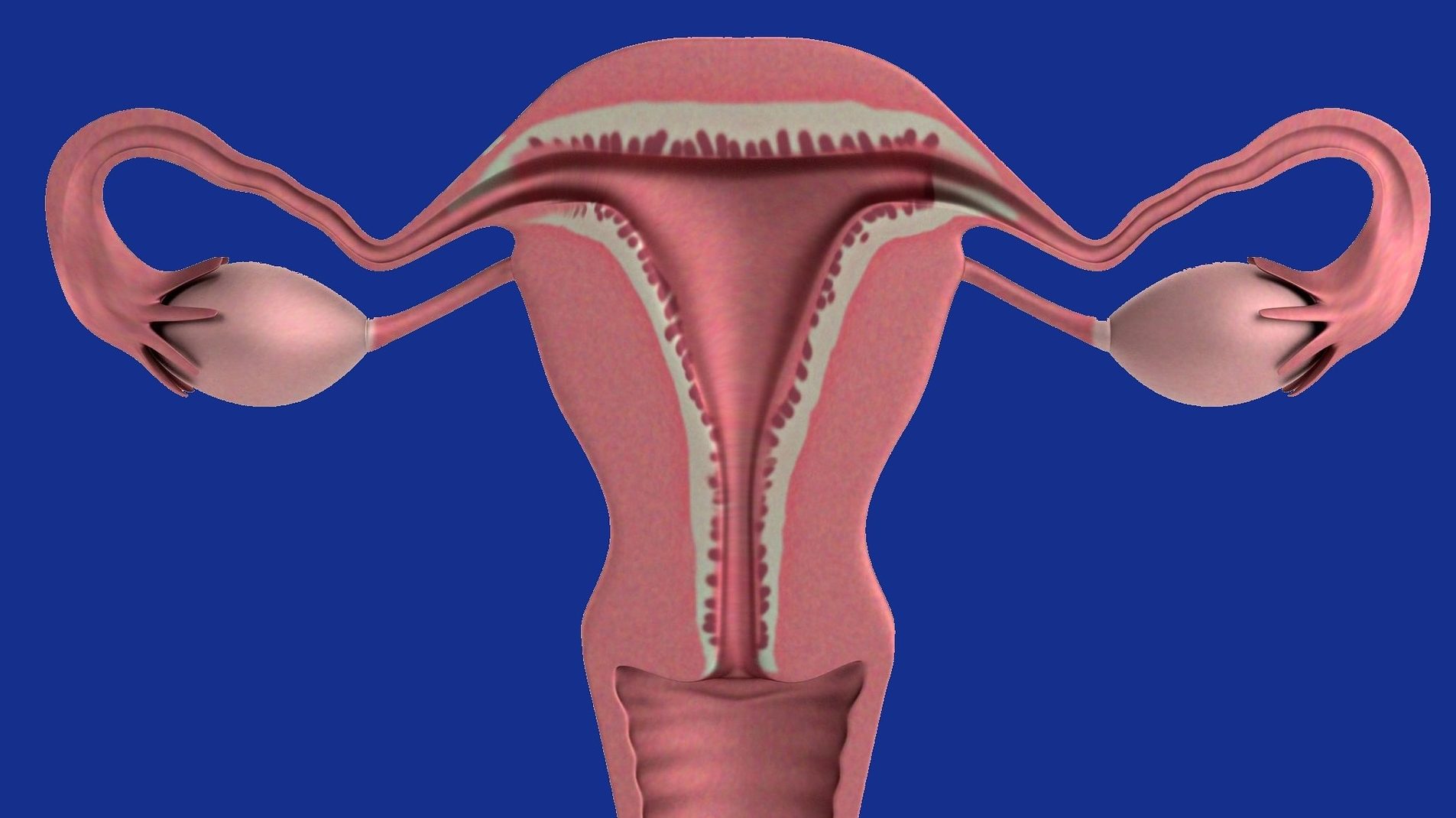Do You Need a Hysterosalpingogram?
A hysterosalpingogram (HSG) is a commonly ordered test for women who are having difficulty conceiving a pregnancy because blocked fallopian tubes (hydrosalpinx) are a major cause of infertility world-wide. Approximately 25-35 percent of female factor infertility cases involve tubal disease. Understanding what an HSG is and what the risk factors are for tubal disease may help you understand if you …
